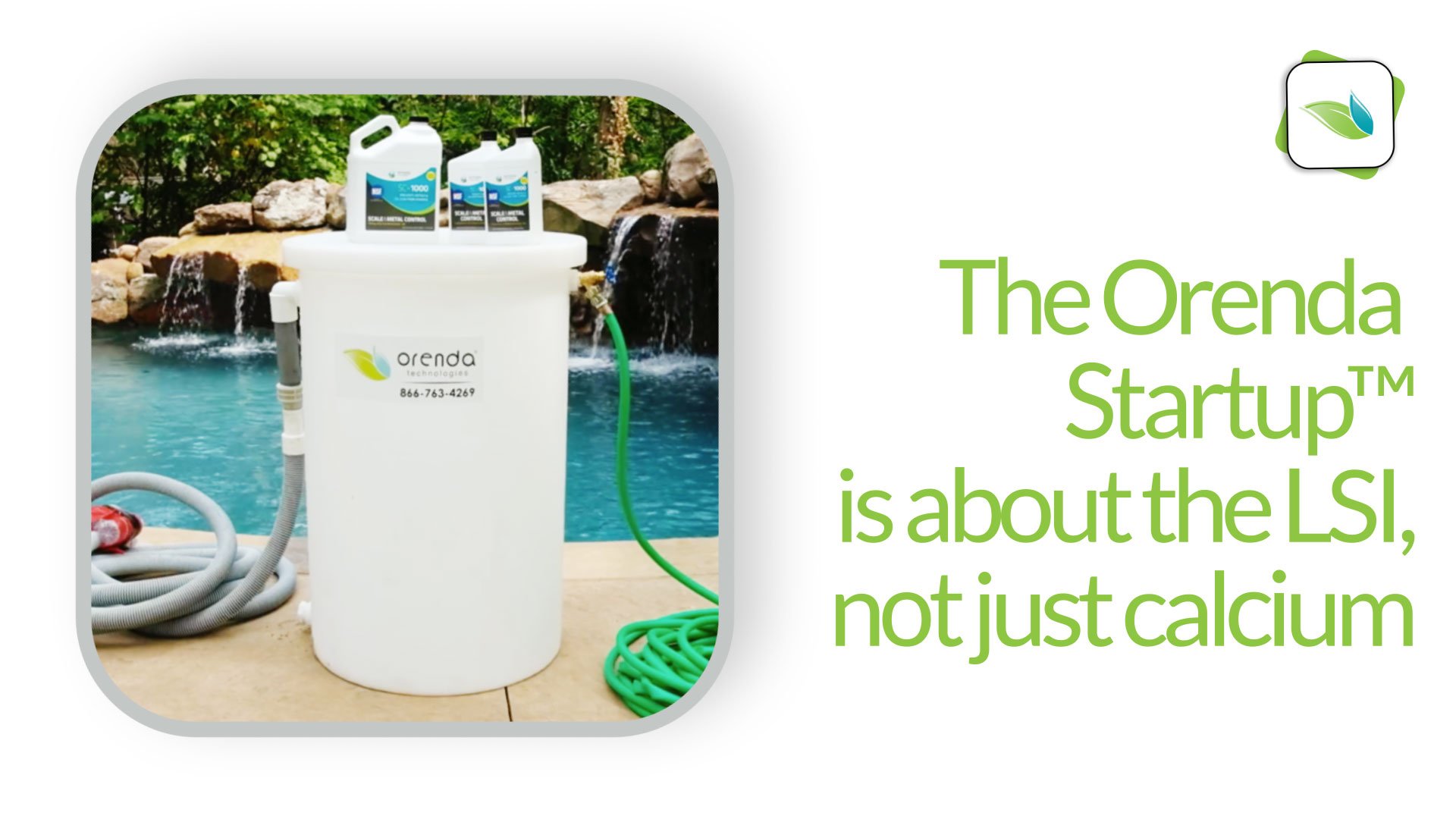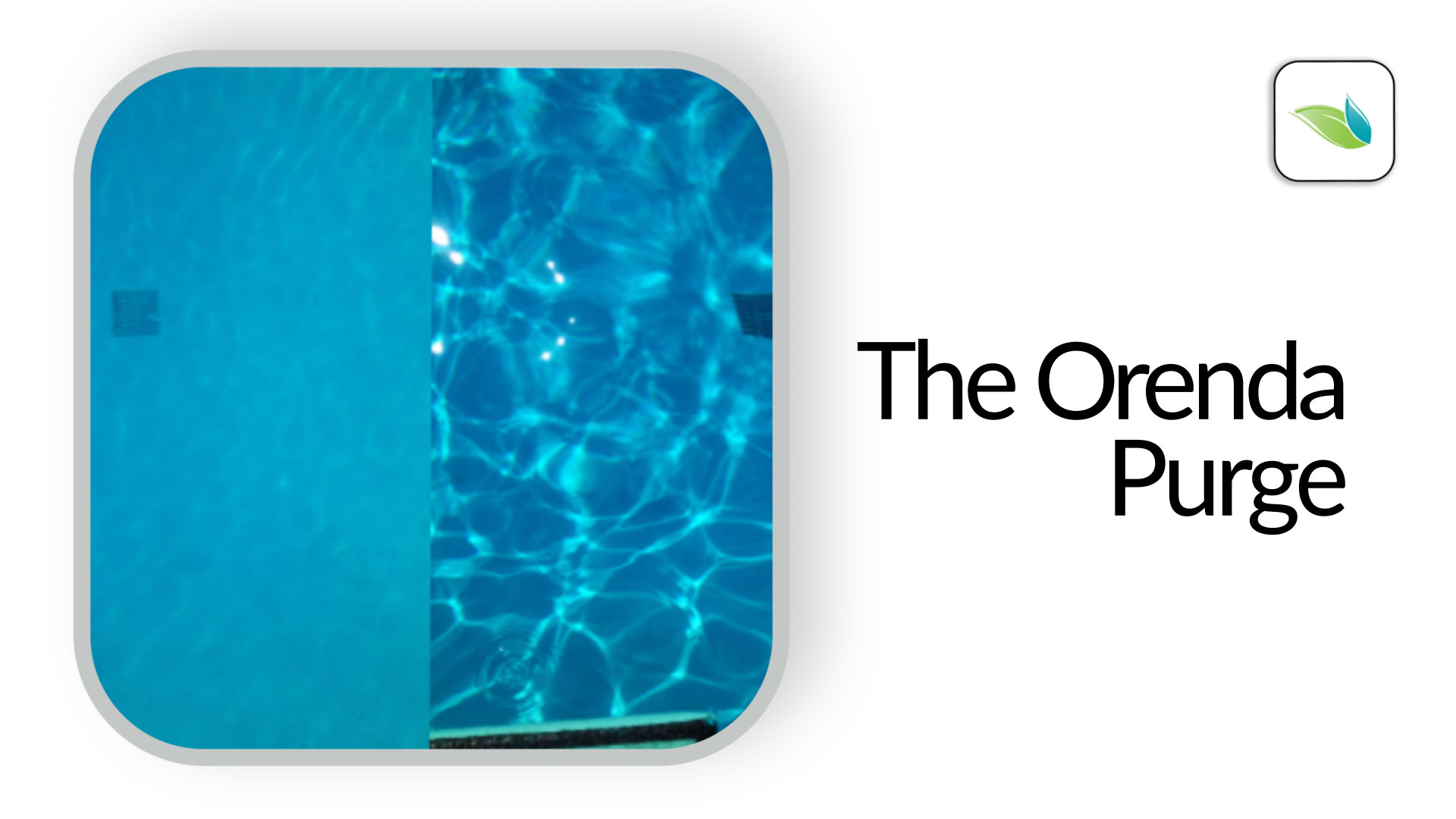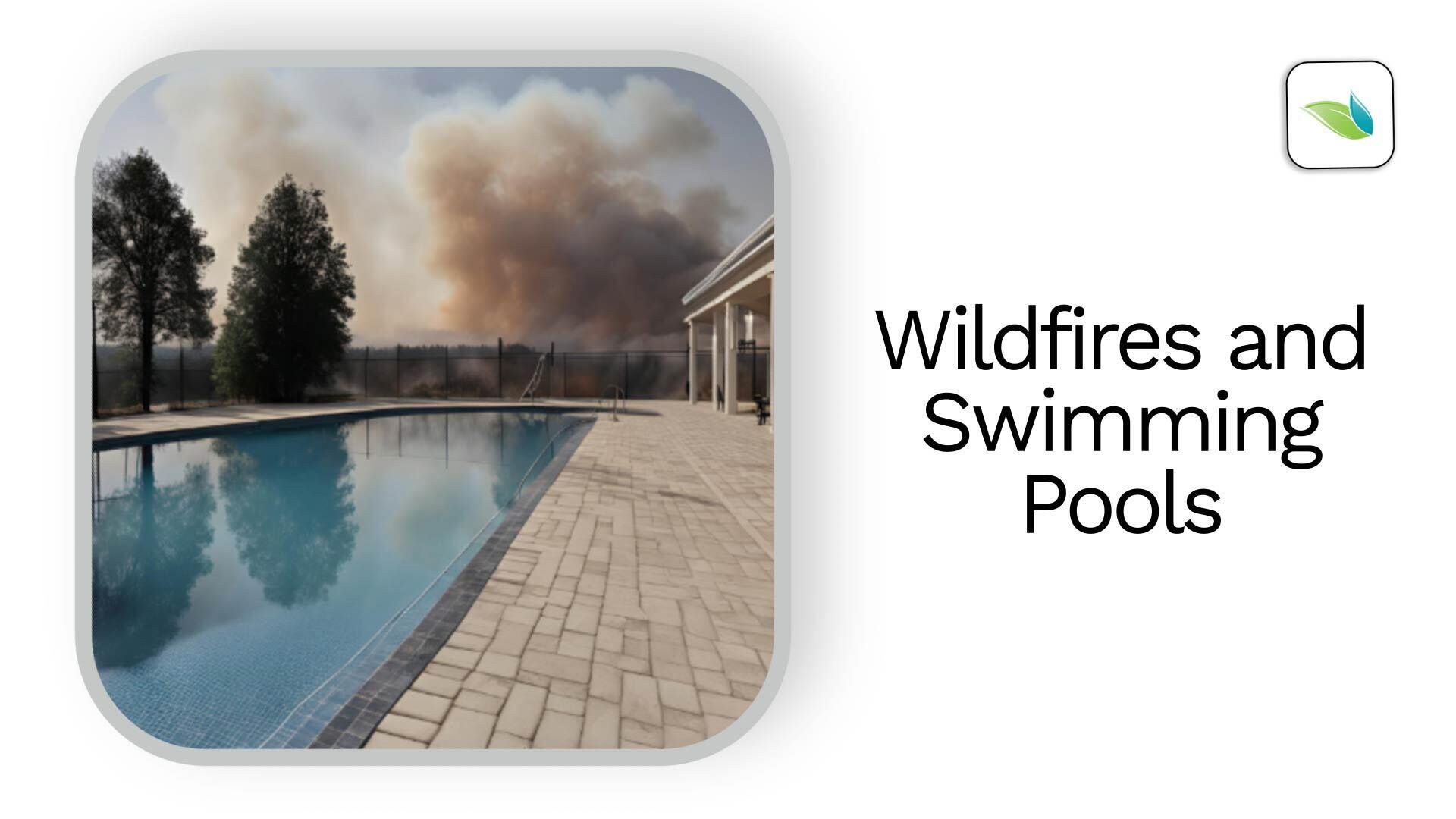How to Safely Add Chlorine to a Swimming Pool
Chlorine is the most popular pool sanitizer. Its responsibilities include sanitization, disinfection and oxidation. Needless to say, having a good residual of free chlorine is essential to having a healthy and safe pool to swim in. This article will explain how to add various types of chlorine to your swimming pool. Let's get started.
First and foremost, a word of caution. NEVER mix different types of chlorine together. Even storing them near each other can be dangerous. Chlorine is a volatile oxidizer and when mixed with other types of chlorine, it can be deadly. Always use protective gloves and glasses, and use caution. In fact, as a rule of thumb, NEVER mix chlorine directly with anything else.












